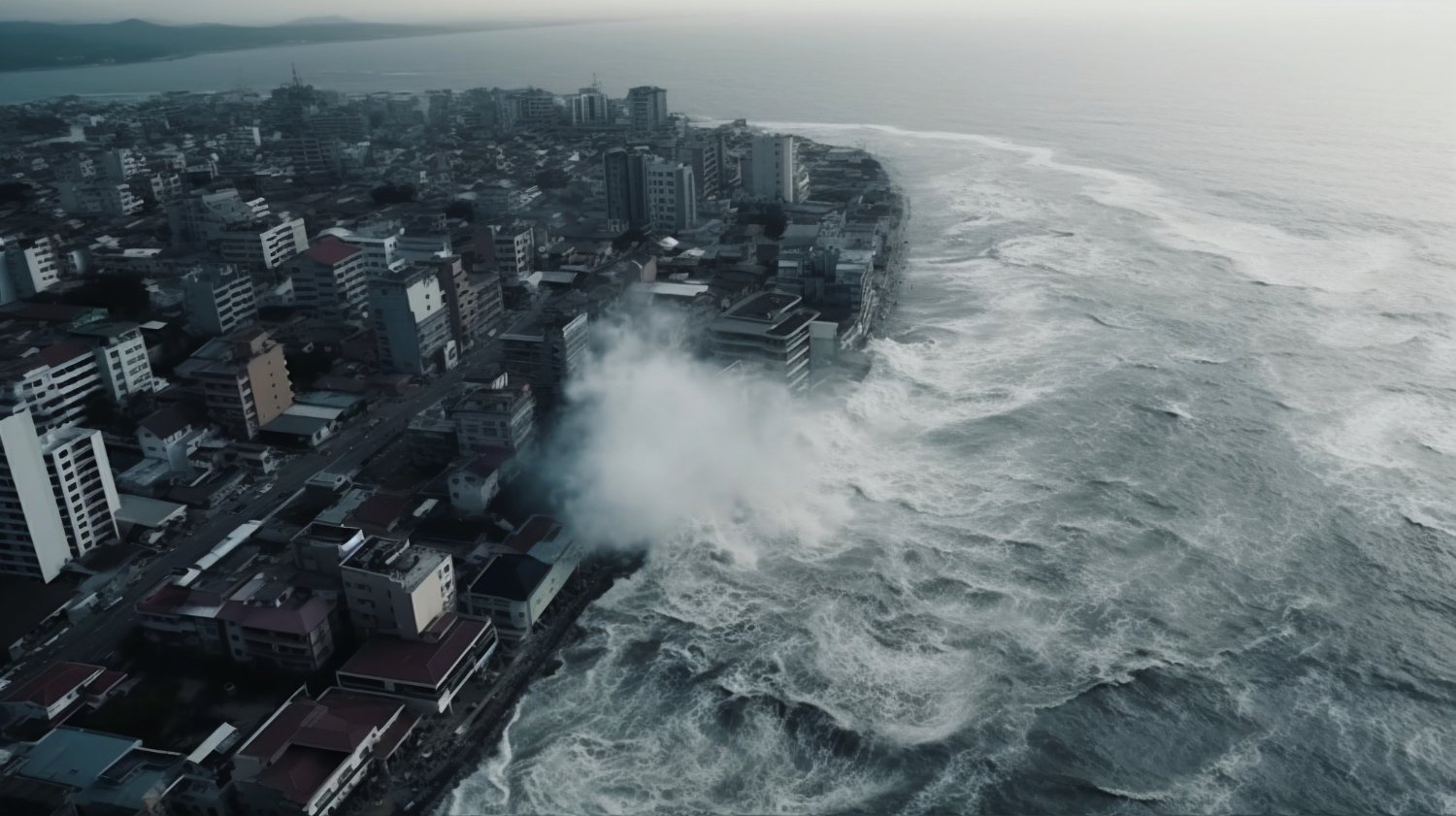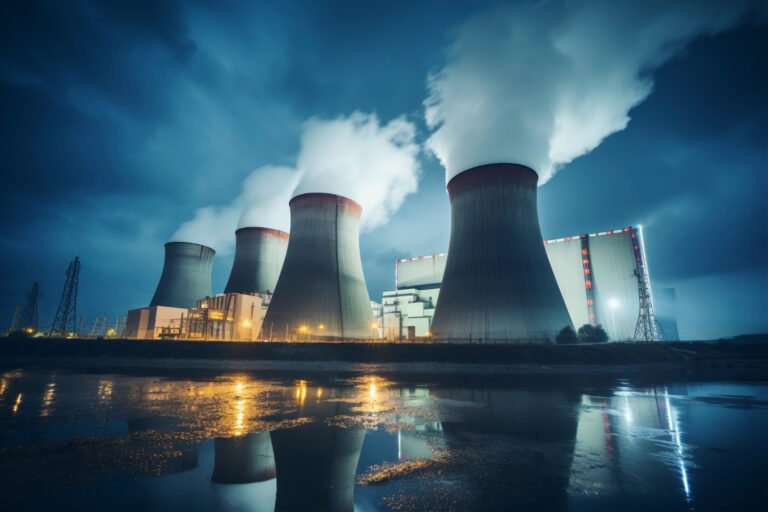Rising Seas and Rising Danger in a Warming World: The Latest on Sea-Level Rise
The United Nations’ technical brief, “Surging Seas in a Warming World,” released on August 26, 2024, offers an in-depth analysis of the current trajectory of sea-level rise and its future impacts. The report details how melting ice sheets, rising ocean temperatures, and thermal expansion are contributing to rising sea levels, which threaten communities globally, particularly those in coastal and low-lying areas. It emphasizes the urgent need for both mitigation and adaptation to manage the challenges ahead. Below, we break down the report’s major findings and recommended actions.
Key Findings
- Accelerating Sea-Level Rise: The global mean sea level rose by approximately 20 cm between 1901 and 2018, with a dramatic increase in the rate of rise observed in the past few decades. The acceleration is driven by two main factors: the rapid melting of the Greenland and Antarctic ice sheets, and the thermal expansion of ocean water due to rising temperatures.
- Regional Variations and Hotspots: Although sea-level rise is a global issue, its impacts vary significantly across regions. Coastal cities in G20 countries and Pacific Small Island Developing States (SIDS) are particularly vulnerable. These areas experience disproportionate effects due to land subsidence, ocean currents, and gravitational changes, which can amplify local sea-level rise beyond the global average.
- Projected Future Impacts: If emissions remain high, sea levels could rise by up to 1 meter by 2100 and could continue rising for centuries beyond. This projection would lead to extensive inundation of low-lying coastal regions, displacing millions of people, damaging critical infrastructure, and threatening freshwater supplies.
- Economic and Social Costs: The report estimates that by 2050, hundreds of millions of people could be directly affected by coastal flooding, leading to potential economic damages in the trillions of dollars. Vulnerable communities will bear the brunt of these impacts, as they often lack the resources needed for adequate adaptation measures.
- Impacts on Ecosystems: Coastal ecosystems, such as mangroves, salt marshes, and coral reefs, are at risk of being submerged or eroded, leading to biodiversity losses and the decline of natural coastal defenses. These ecosystems play a crucial role in mitigating storm surges and providing habitat for marine life.
- Immediate Consequences: Coastal erosion, saltwater intrusion into freshwater systems, and increased frequency of extreme weather events are already being felt by coastal and island communities. Low-lying areas, particularly in Southeast Asia, the Pacific, and parts of Africa, are already experiencing displacement and economic losses due to these ongoing changes.
Call to Action
The report calls for urgent and coordinated global action to address the growing threat of sea-level rise. Key recommendations include:
- Mitigation: Rapid reductions in greenhouse gas emissions are essential to limit global temperature rise, which in turn can help slow the rate of sea-level rise. Achieving net-zero emissions by mid-century is crucial to minimizing long-term impacts.
- Adaptation Strategies: Policymakers must invest in adaptive infrastructure, such as sea walls, flood barriers, and enhanced drainage systems, particularly in vulnerable coastal cities and communities. Nature-based solutions, such as restoring mangroves and wetlands, can provide both environmental and protective benefits.
- Support for Vulnerable Populations: Specific attention is needed for Small Island Developing States (SIDS) and other low-lying nations that are disproportionately affected. Financial assistance and technology transfer to these nations will be crucial to enhancing their resilience and ability to cope with rising seas.
- Integrated Planning and Global Cooperation: National and local governments must integrate sea-level rise into urban planning, coastal management, and disaster response strategies. International cooperation is needed to share knowledge, fund adaptation projects, and ensure that vulnerable nations are supported.
Main Points Summary
- Rising sea levels are accelerating, driven by ice sheet melt and thermal expansion.
- Regional impacts vary, with low-lying coastal areas and island nations being most vulnerable.
- Without major emission cuts, sea levels could rise by up to 1 meter by 2100, displacing millions.
- Coastal ecosystems are at risk, threatening biodiversity and natural coastal protection.
- Urgent action is needed to reduce emissions, adapt infrastructure, and support vulnerable communities.
To learn more about the findings and recommendations, you can access the full report from the United Nations here







